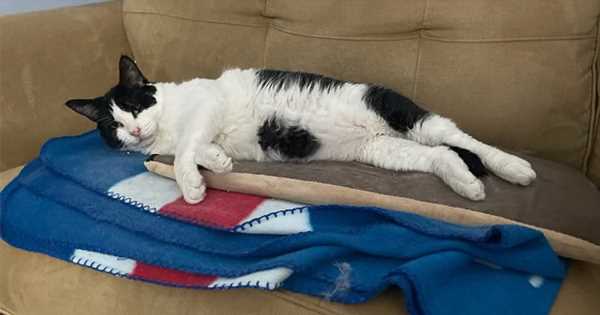
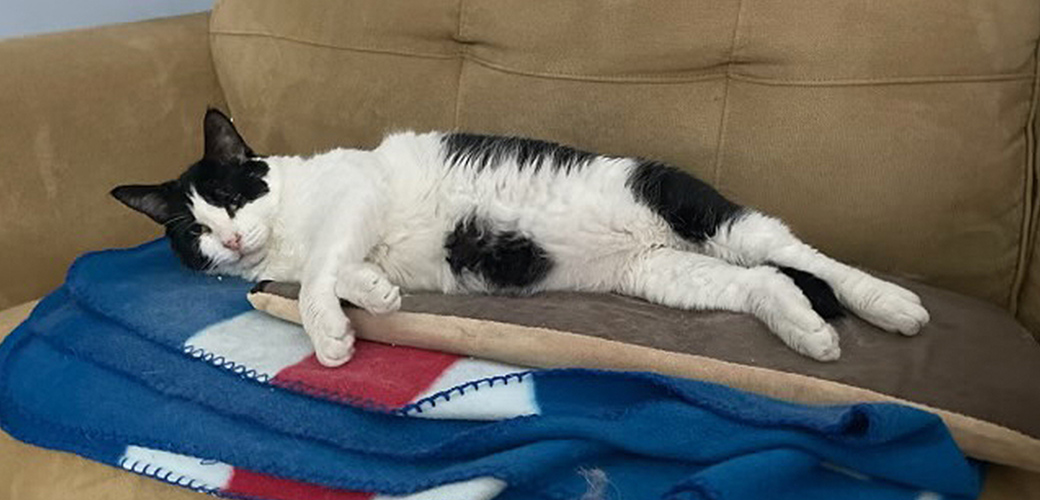
When nine-year-old Spruce, a black-and-white male cat, was surrendered to the ASPCA on January 22, 2022, his owner said he could not keep the cat due to housing issues. He also said Spruce had never seen a veterinarian.
An indoor-outdoor cat, Spruce was urinating and defecating outside his litter box. Spruce was also not neutered, which may have contributed to his litter box issues.

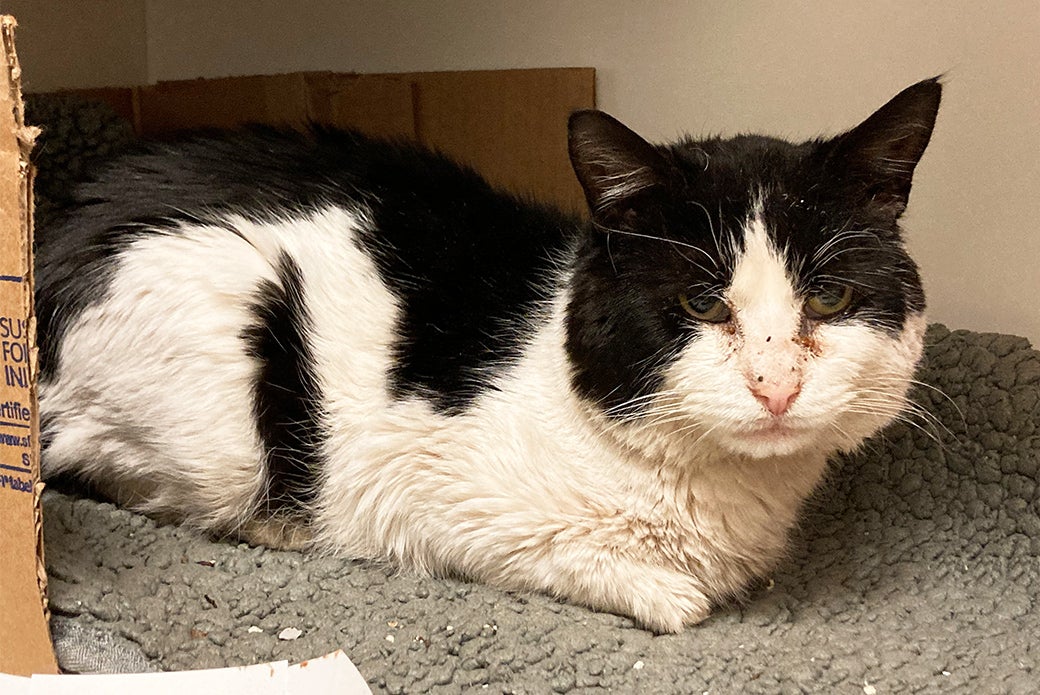
“He was in pretty rough shape,” says Adi Hovav, Senior Manager of Behavior at the ASPCA Adoption Center. “He needed both medical and behavior support.”
Dr. Lindsay Thorson, Veterinarian at the Adoption Center, adds that Spruce was “pretty compromised overall, and it was unclear if his condition was from being an outdoor cat without adequate medical care and food versus significant underlying disease.”
A Range of Medical Issues
Veterinarians who examined Spruce noted that he was underweight and suffered from severe dental disease and Mycoplasma—a term for multiple bacterial organisms transmitted by fleas and ticks that can lead to anemia.
“We treated Spruce for anemia with antibiotics for four weeks,” says Deb Amiga, Director of Medical Operations at the Adoption Center.

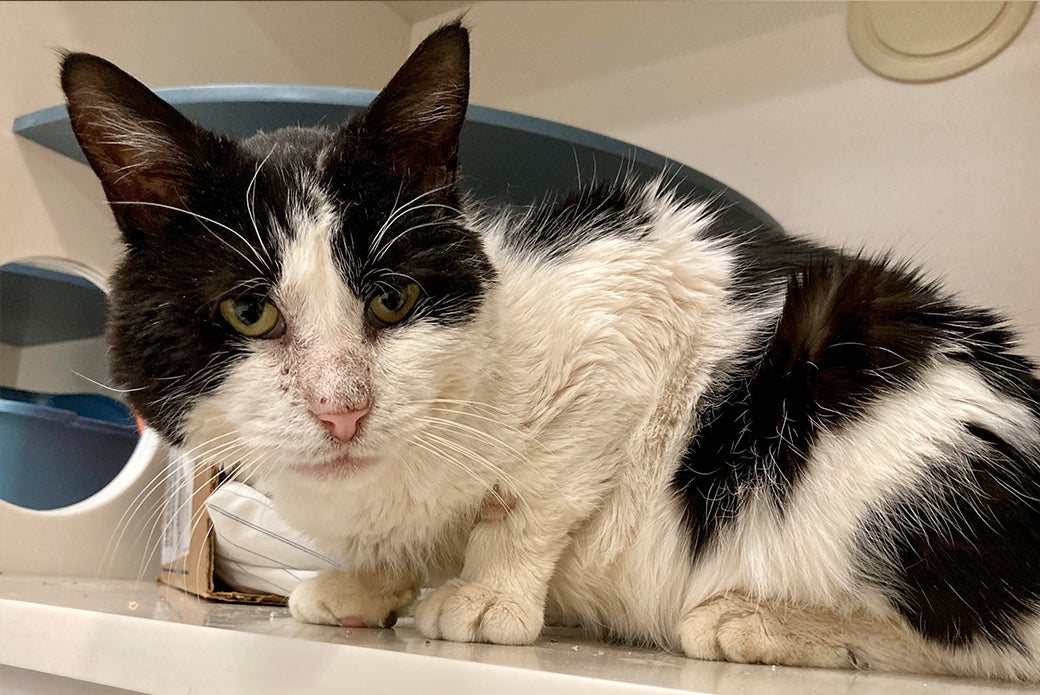
Spruce underwent dental surgery, during which 14 of his teeth were removed, leaving only three teeth remaining. He was also neutered.
Addressing Spruce’s Anxiety
Megan ONeill, an Integrated Care Assistant at the Adoption Center, approached Spruce a few days after his arrival.
“He was not happy to see me,” says Megan. “I spoke quietly. He hissed at me and climbed into his ‘hidey box.’ To make him feel more comfortable, I placed a blanket over the shelf so he couldn’t see me. When I left, he looked at me through the glass, and I slowly blinked at him. I hoped he would adjust and connect with me over time.”
“He rarely came out of hiding and was defensive,” says Jacqueline Ramirez, Behavior Specialist. “He would flee when we approached him or opened his door.”
“Due to his Mycoplasma diagnosis, we started Spruce on a lifelong flea/tick preventative,” says Deb. “He also had daily gabapentin during his stay with us to help with his anxiety.”
Spruce eventually allowed caretakers to pet him on the head and down his back while he ate baby food and other yummy treats.

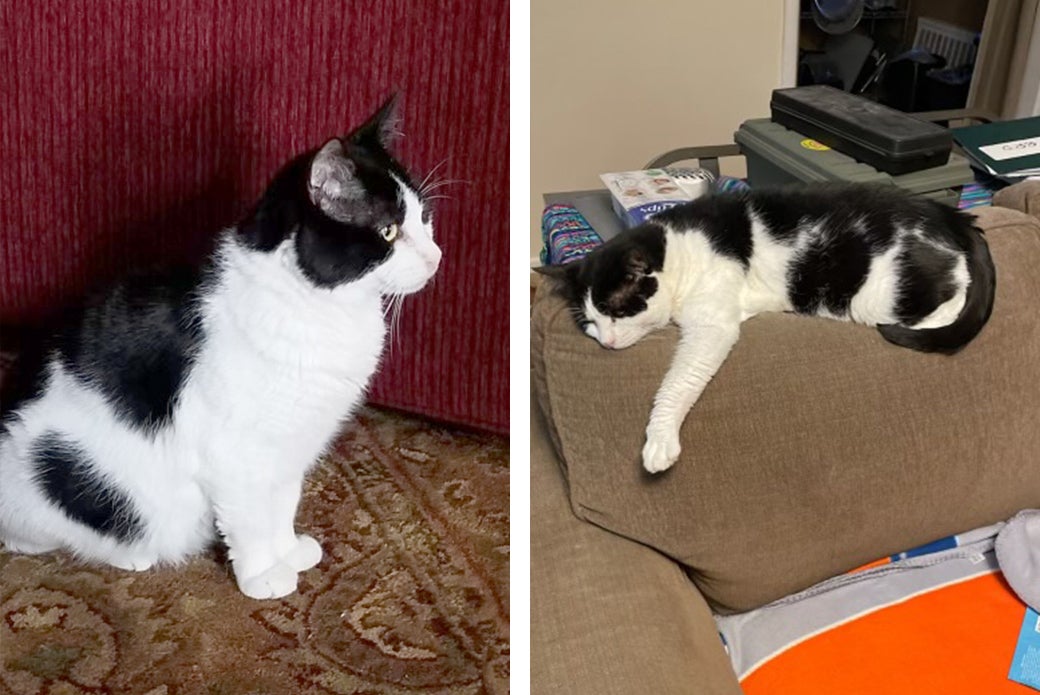
It wasn’t long before Spruce was transferred to foster care with Brian Klimas of Queens, an experienced cat parent who has previously fostered cats for the ASPCA.
Flourishing in Foster Care
Within days of living at Brian’s, Spruce started improving physically. He was eating and using his litter box regularly and appropriately. His defensive behavior gradually diminished into that of a more social cat.
“He started meowing at me when I entered his room, and as he settled in, he became less skittish,” Brian wrote in an update. “He plays in the middle of the night and has been grooming himself and sleeping in places other than behind the couch, like out in the open. Things seem to be going well for the little guy.”
Brian, a high school math teacher, expected to keep Spruce for three to four months, but when August rolled around, Brian decided to adopt him.

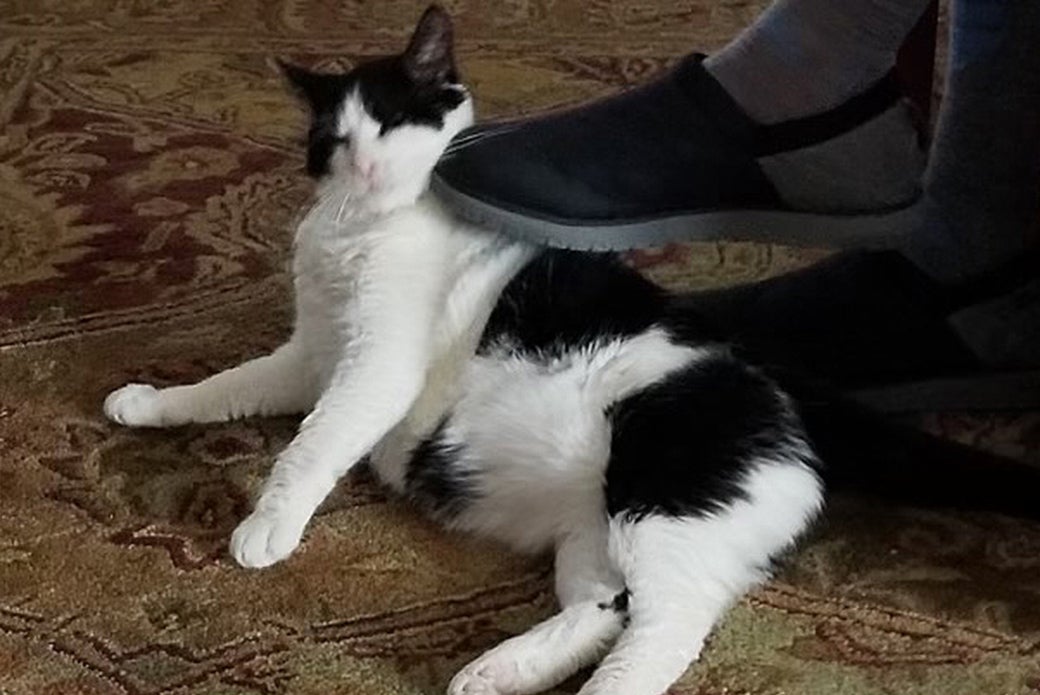
“I felt bad for him,” says Brian, noting that Spruce is the first foster he’s ever adopted. “But after seven months, I couldn’t pass him on to somebody else.”
A New Life for Spruce
Spruce settled well into life with Brian and Brian’s 11-year-old cat Lucy.
Even with only three teeth, Spruce loves dry food, “crunching his way through dinner,” Brian says.
“He’s turned into a normal cat,” Brian says. “He’s very relaxed and has adapted to life indoors. He knocks out pretty hard when it comes to nap time. He loves to sleep.”

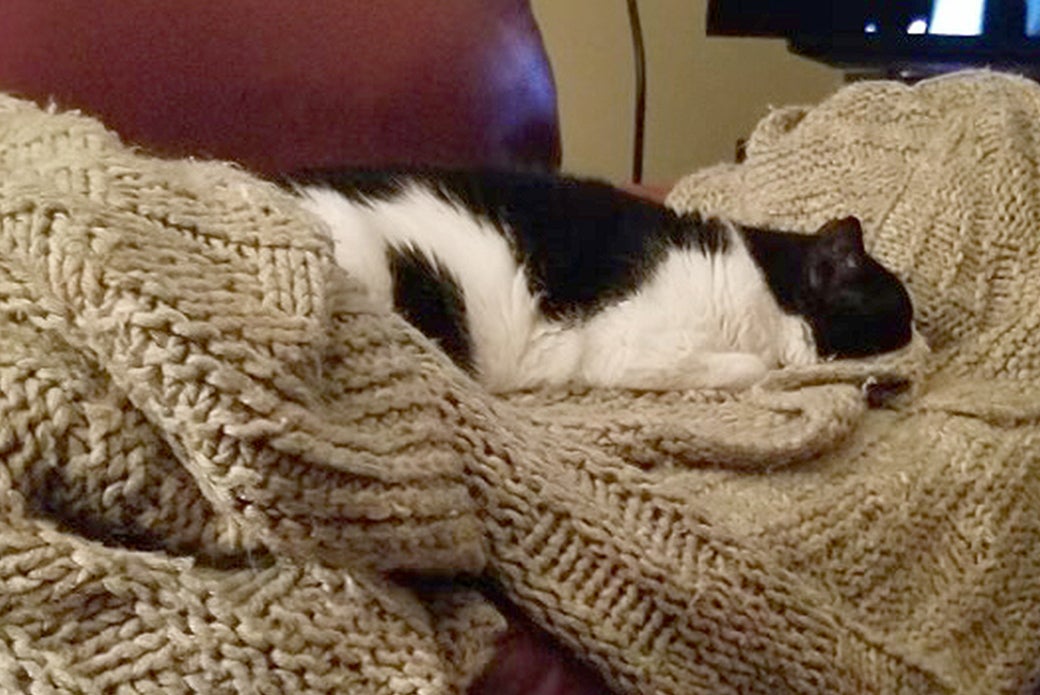
When Brian is away, Spruce spends time at the home of Brian’s parents.
“He enjoys their company,” Brian says. “He likes their couch better than mine.”

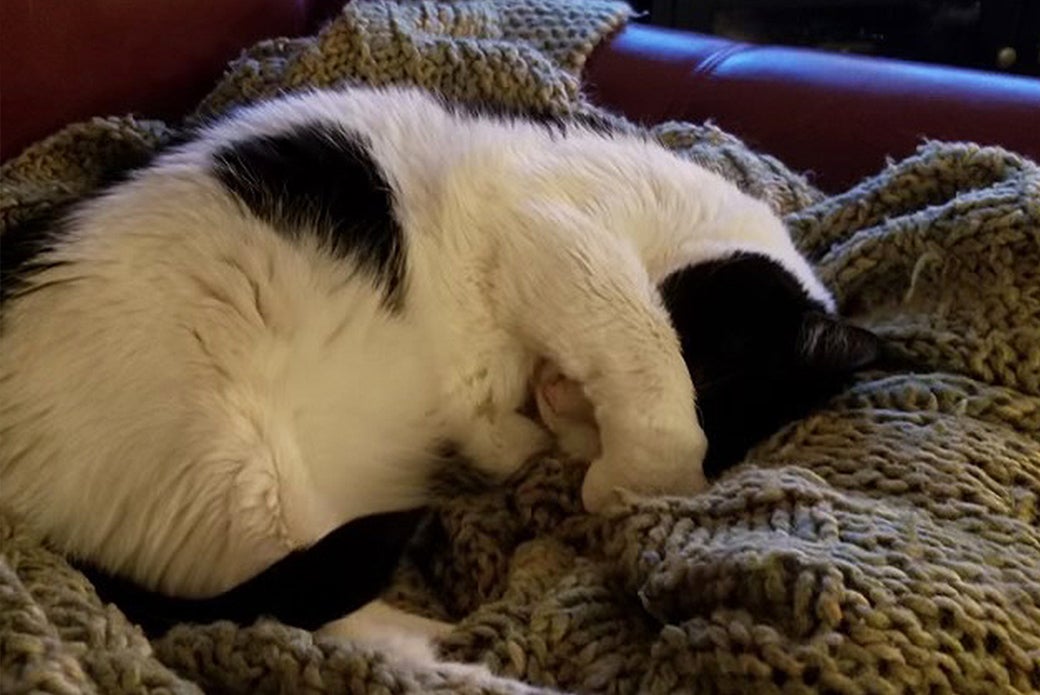
Source: Read Full Article
